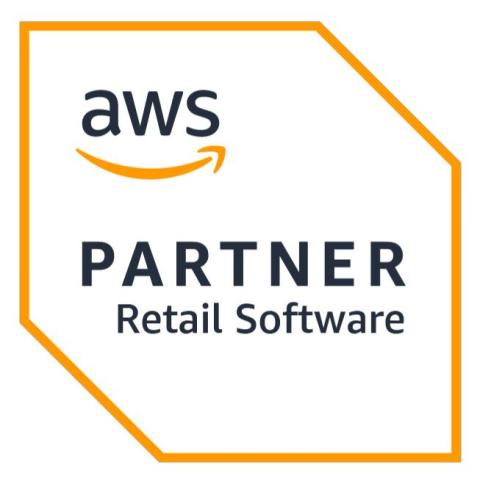The Synthetic Monitoring Beginner's Guide
Synthetic monitoring is one holistic technique within the wide world of IT monitoring and application performance monitoring (APM) and it’s focused on web performance. Synthetic monitoring emulates the transaction paths between a client and application server and monitors what happens. The goal of synthetic monitoring is to understand how a real user might experience an app or website. In this article, let’s go deep with this topic.










